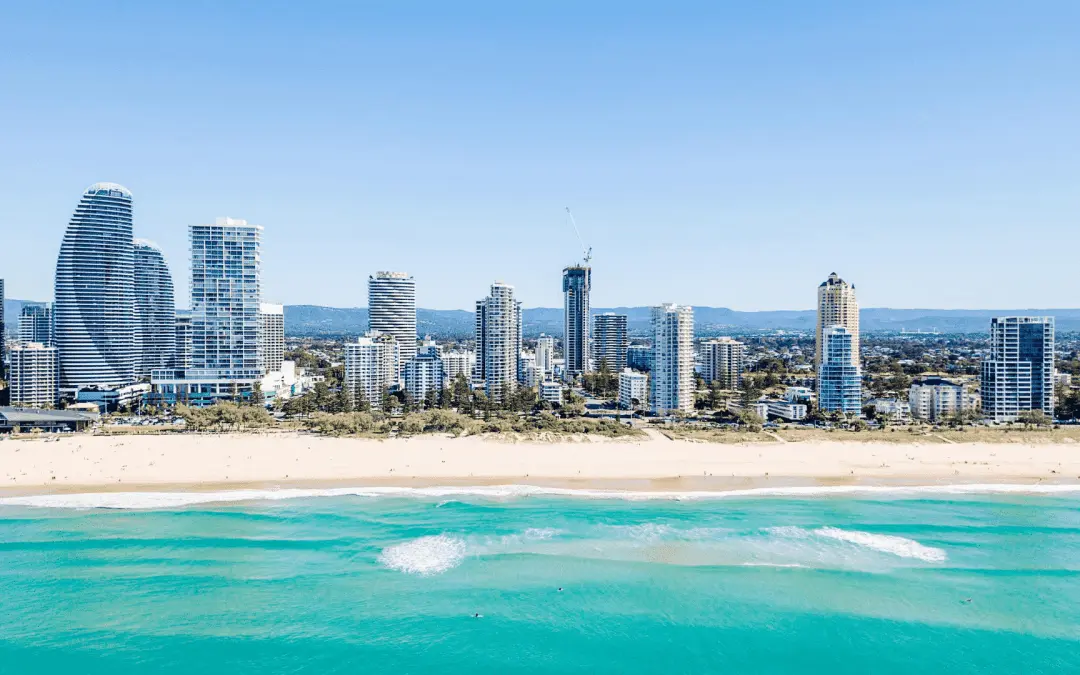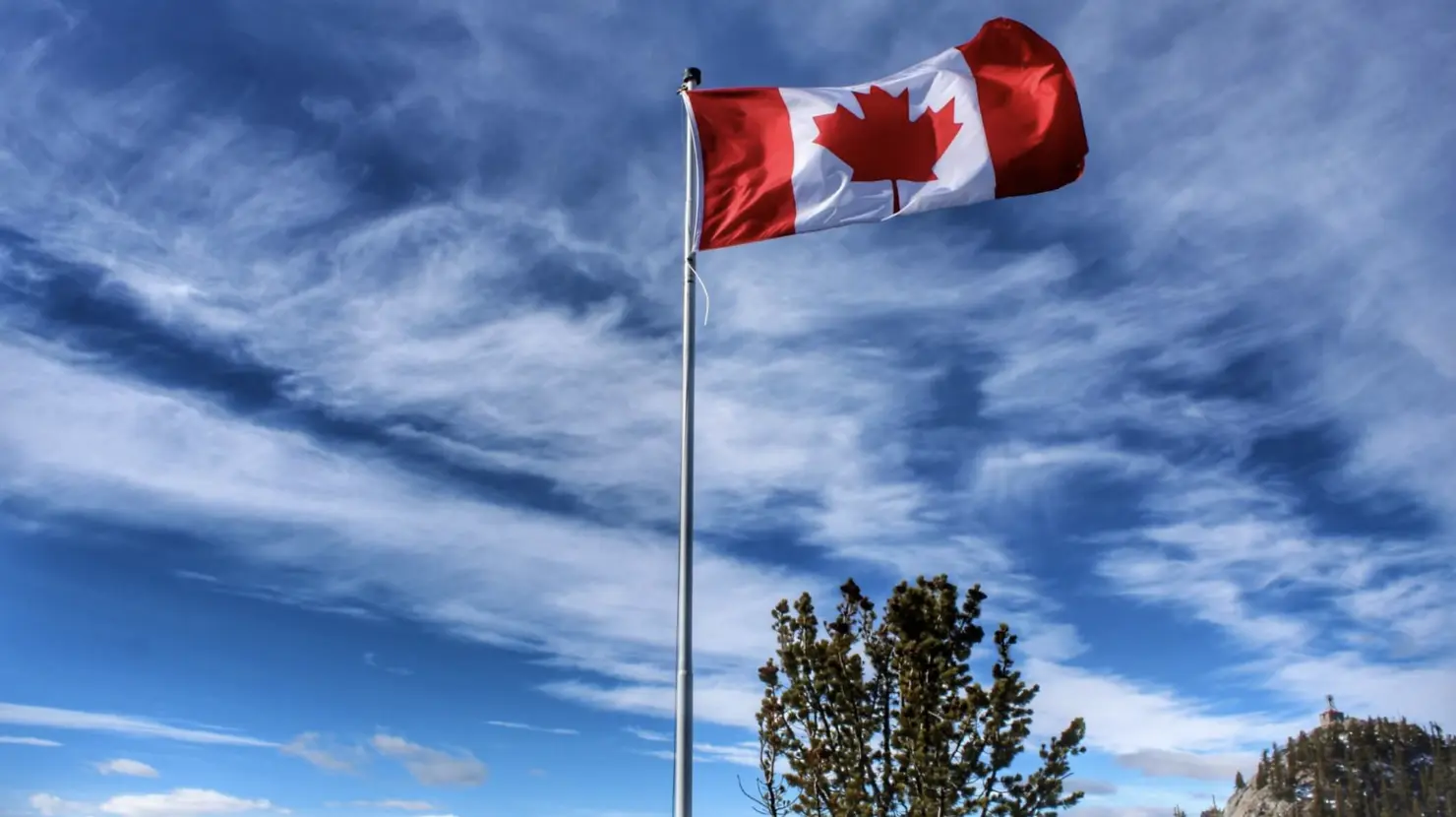Immigration
The Plight of Asylum Seekers in Canada
By
Canada has a proud history of resettling the world’s most vulnerable people, and refugees play an essential role in building and strengthening communities.
The number of displaced people worldwide continues to grow at an exceptional rate. As such, the country remains a global leader with resettlement programs offering asylum seekers a safe home in Canada.
Just like in any other country, asylum seekers in Canada are faced with challenges and potential disadvantages. There is no assurance that asylum will be granted, and the process can be lengthy and complex.
There’s also the possibility of rejection, which could lead to deportation. But with the risk of torture, death, or punishment, it’s worth a try!
The Difference Between a Refugee, an Asylum Seeker, and an Immigrant
Refugee: A person who has left their home country due to fear of persecution and severe human rights violations is considered a refugee.
They believed they had no choice but to flee their country in search of safety because their government was unable to keep them secure due to the severe risks to their lives. Refugees are granted the right to international protection.
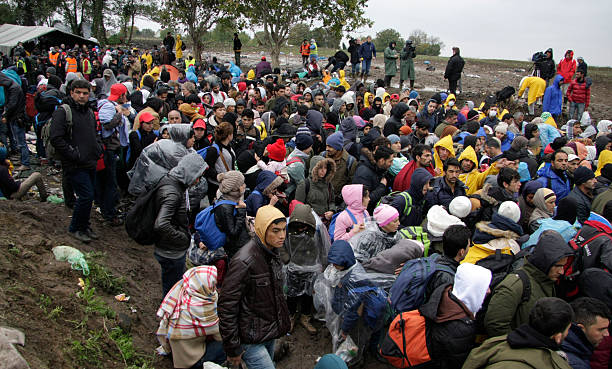
Asylum Seeker: An asylum seeker has left their country and seeks protection from persecution and serious human rights violations in another country.
However, they still need to be legally recognized as refugees and await a decision on their asylum claim. Asylum seekers in Canada have a human right. This implies that everyone should be free to travel abroad and apply for refuge.
Resettled refugee: A person who has left their home country, stays briefly in another, and is subsequently granted an offer of permanent residence in a third. Resettled refugees are chosen overseas and, upon arrival, are given permanent residency status in Canada.
The Canadian government determines whether resettling refugees are refugees before they arrive in Canada, while asylum seekers decide whether or not they are refugees after they arrive in Canada.
Immigrant: A person who has settled permanently in another country and is not an asylum seeker or a refugee.
Canada’s Resettlement Programs
Government-Assisted Refugees (G.A.R.)
The U.N.H.C.R. and other partners with whom Canada has an arrangement refer refugees for resettlement to Canada.
To qualify for a recommendation, refugees must be registered with the U.N.H.C.R. or the national authorities of the nation where they obtained asylum.
The Canadian government provides financial assistance to program participants up to a year after arriving in Canada. There are specific differences in the procedure in the province of Québec.
Québec officials must assess potential Government-Assisted Refugees (G.A.R.) program applicants.
Private Sponsorship of Refugees (P.S.R.)
This program allows Canadian citizens and permanent residents to resettle persons who qualify as refugees under Canada’s refugee and humanitarian program.
Sponsoring groups provide refugees with settlement assistance and financial support for up to one year after they arrive in Canada. Québec receives and approves its applications for private sponsorship.
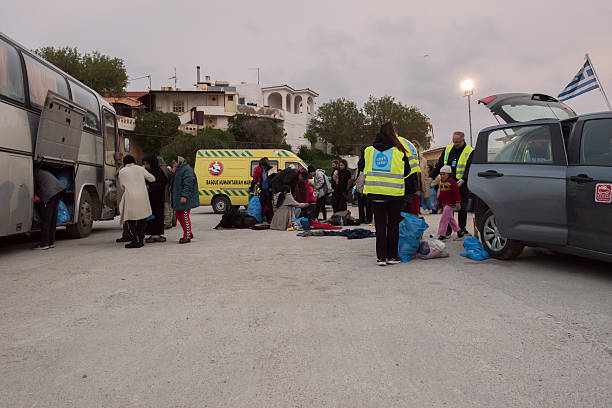
Blended Visa Office-Referred (B.V.O.R.)
This program matches refugees identified for resettlement by U.N.H.C.R. with private sponsors in Canada.
Costs are shared between these private sponsors and the Canadian government, with each party providing six months of financial support. The province of Québec does not have the Blended Visa Office-Referred (B.V.O.R.) program.
Receiving a Decision on Claiming Asylum in Canada
Favorable Decision
Upon receiving a favorable decision on refugee claims, you’ll receive protected person status with the full spectrum of federally funded settlement services becoming available to you.
A favorable Pre-Removal Risk Assessment decision also results in a protected person status for the individual in most cases. Individuals can stay in Canada and apply to become permanent residents.
These assistance programs consist of:
- Needs analysis and recommendations
- Guidance and education to assist immigrants in making well-informed selections about where to settle
- Assessment and instruction in language to enable adult immigrants to integrate into Canadian society and support the economy
- Assistance in obtaining and keeping a job, including recommendations for evaluating international credentials
- Establish links so immigrants can socialize and assimilate into their new communities more efficiently.
Unfavorable Decision
If the Refugee Protection Division rules against them, people may be able to appeal a claim denial to the I.R.B.’s Refugee Appeal Division.
They may request that the Federal Court examine the ruling if they cannot appeal to the Refugee Appeal Division. The conditional removal order issued when the refugee claim was lodged becomes enforceable to allow the individuals to be removed once all appeal procedures have been exhausted.
Depending on the province, those under removal orders due to a failed refugee claim may not be eligible for social assistance. They can contact the provinces directly for more details.
Regardless of citizenship, any foreign people judged inadmissible to Canada and subject to an enforceable removal order must be removed by the C.B.S.A.
Every person is entitled to due process. But we expect them to obey our immigration laws and leave Canada or be removed by the C.B.S.A. once they have taken all available legal action.
Missing a removal interview or a scheduled removal date could result in a nationwide arrest warrant and possible detention before removal by the C.B.S.A.
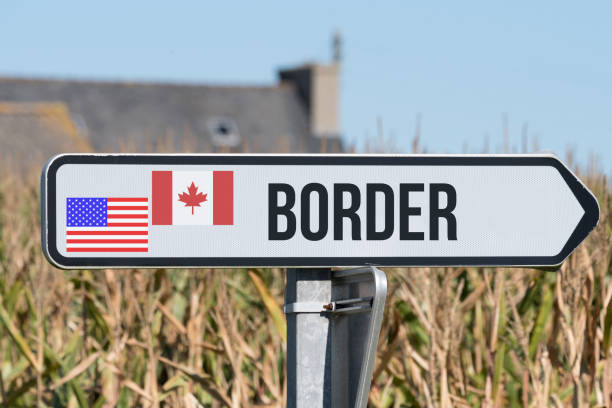
The Safe Third Country Agreement
Regarding the 2004 Safe Third Country Agreement (S.T.C.A.) between the United States (U.S.) and Canada, individuals claiming refugee status must apply for protection in the first safe country they reach.
The principle applies to individuals passing anywhere along the shared land border between Canada and the United States.
This includes internal rivers that run alongside and across it, according to the Additional Protocol to the S.T.C.A., which went into force on March 25, 2023.
The Agreement covers anyone who enters Canada between ports of entry and files an asylum claim within 14 days of crossing, as well as those who file a claim at a land border port between the United States and Canada.
Those who enter from the United States by air or water via an inland port, like an airport, are not covered by it. Safe third-country agreements have been used by nations worldwide since the 1980s to alleviate pressure on home asylum systems brought on by the ongoing increase in global migration.
The United Nations Refugee Agency has backed these agreements since the mid-1990s. The Agency has acknowledged the fundamental principle of the Canada-United States Agreement, which states that people should apply for asylum in the country they first enter.
An impartial tribunal monitors the United States’ adherence to its treaty obligations.
A crucial instrument for Canada and the United States to collaborate on the systematic processing of refugee claims filed in our nations is still the Safe Third Country Agreement.
The four types of exceptions to the Safe Third Country Agreement
- Refugee claimants who have a family member in Canada
- Unaccompanied minors under the age of 18
- Individuals holding a valid Canadian travel document
- Individuals charged with or convicted of an offence that could subject them to the death penalty in the U.S. or a third country.
Can I Travel Outside Canada as a Refugee?
Anyone who entered Canada through a refugee resettlement program or has been officially recognized as a refugee must stop using their passport from their home country.
As such, they can avoid having their status revoked through cessation. They can seek Canadian citizenship after fulfilling the standards for refugees, and if they are citizens, they can travel with a Canadian passport.
Also, they must apply for a Refugee Travel Document from the Canadian government in the interim to travel outside the country, regardless of whether they have permanent status.
When travelling abroad, a refugee document can be used as a passport (but not within your country of origin).
Loss of Refugee Status (Cessation)
Canada grants protection to refugees who have demonstrated that they are in danger in their home country.
Nevertheless, after acquiring refugee status in Canada, the government may revoke it if it determines that the individual has accepted the protection of their home country (a process known as “re-availment”).
This could happen if you:
- Travel to your home country (even for a short visit)
- Travel using your home country’s passport
- Applies for a new passport from your home country
Conclusion
Before starting the application process to seek asylum in Canada, it is essential to understand the concept of refugee status.
Refugees are people who have left their home countries because they have a legitimate fear of being persecuted based on race, religion, sexuality, nationality, membership in a particular social group, or political opinion.
The initial step for asylum seekers in Canada to obtain official refugee status involves a detailed presentation of evidence supporting the legitimacy of the need for protection. Good luck!
Frequently Asked Questions
Do all asylum seekers stay in Canada?
Not all of them. The federal government and the Immigration and Refugee Board (I.R.B.) decide whether to allow asylum seekers to stay permanently in the country. The rate of acceptance depends on various factors.
Are asylum seekers dangerous?
No. Those claiming asylum in Canada are immediately restrained and undergo security and medical checks before being issued a visa.
If the tests show that an asylum seeker poses a risk, he is prohibited from claiming asylum. Every asylum seeker enters Canadian society after undergoing security checks.
Do asylum seekers need much time to get a work permit in Canada?
Work permits are issued within three weeks to allow asylum seekers to work and provide for themselves while they await the decision on their application.


